I am generating a heat map for my data.
everything works fine, but I have a little problem. My data (numbers) are from 0 to 10.000.
0 means nothing (no data) and at the moment the field with 0 just take the lowest color of my color scala. My problem is how to make the data with 0 to have a total different color (e.g. black or white)
Just see the Picture to better understand what i mean:

My code (snippet) looks like this:
matplotlib.pyplot.imshow(results, interpolation='none')
matplotlib.pyplot.colorbar();
matplotlib.pyplot.xticks([0, 1, 2, 3, 4, 5, 6, 7, 8], [10, 15, 20, 25, 30, 35, 40, 45, 50]);
matplotlib.pyplot.xlabel('Population')
matplotlib.pyplot.yticks([0, 1, 2, 3, 4, 5, 6, 7, 8, 9, 10], [1, 2, 3, 4, 5, 10, 15, 20, 25, 30, 'serial']);
matplotlib.pyplot.ylabel('Communication Step');
axis.xaxis.tick_top();
matplotlib.pyplot.savefig('./results_' + optimisationProblem + '_dim' + str(numberOfDimensions) + '_' + statisticType + '.png');
matplotlib.pyplot.close();
